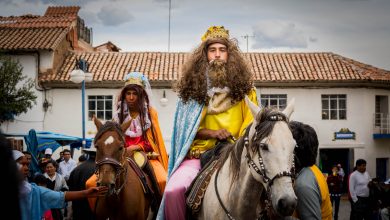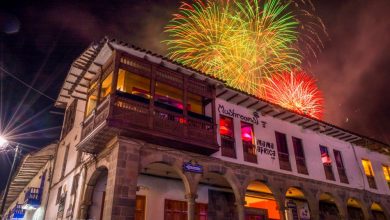One of the animals that is part of the fauna of Machupicchu is the Viscacha. It is a rodent that populates the Andean areas of Argentina, Paraguay, Ecuador, Bolivia, Chile.
Due to its color and size it is very similar to a rabbit and because of the tail to a squirrel. It has thick hair all over its body, including the ears and tail. At adulthood it weighs about a pound and a half. Its food is based on herbs or fruits. In Peru, especially, it eats the wild grass “ichu” which is abundant in the high parts of the Andean world where the geography is formed by mountains of great size. This is exactly where they live. They use the gray mountain stones to camouflage themselves from possible predators since the color of their fur is dark gray.
In the Inca period, this animal was not domesticated. The viscacha was always kept wild. It was common to hunt them and to spin their fur in order to vary the colors and tetures of the fabrics that were made then. Nowadays the viscacha skin is very valuable in the black market of different places, especially in Argentina. Per week, they harvest more than 10 tons of viscacha pelts used to make coats, purses, and more.
It is very common to see viscachas in the citadel of Machupicchu. They live hidden among the rocks where they make their nests. You see them when they go out to sun themselves on top of the rocks. However, to see them you have to have an eagle vision because their skin color blends with the stone and they scurry very fast when they hear noise. For this reason it is a bit difficult to take a picture.
These rodents have a gestation period of 120 to 135 days. They live in groups of up to 50 and make tunnels under the rock formations. These have several entrances because if they escape they can enter by any of the entrances so they can avoid being easy prey for predators.

Another factor that leads people to hunt this rodent is the delicious meat they have. The inhabitants of the Peruvian Andes and Argentina hunt it. You can find a variety of dishes based on the viscacha. They are also hunted by farmer since viscachas often eat the seeds and the plants the farmers sow.
In my opinion the viscacha should stay as an undomesticated wild animal, a free animal. We have another rodent we have in Peru that we have domesticated and eat, the cuy (guinea pig). It has delicious and protein rich meat. It is raised by our people and its consumption should be encouraged consumption. Not so for the viscacha since it is a wonderful species and lives in a natural state. It is one of the attractions within the sanctuary of Machupicchu, a wonder of the world. Therefore we must take care of it and not extinguish it.




